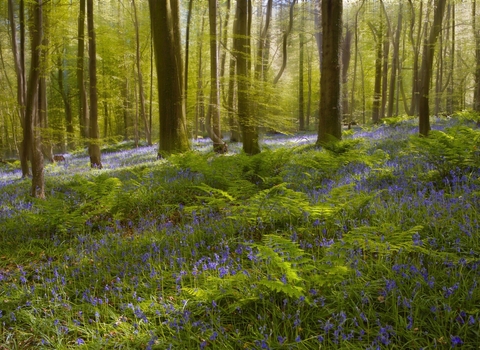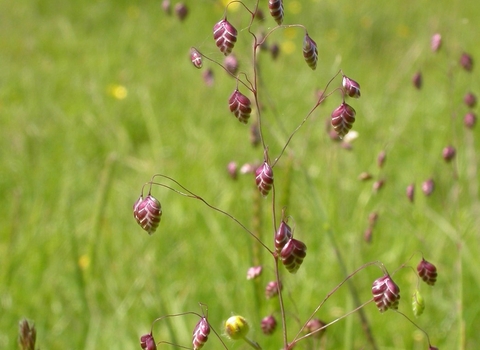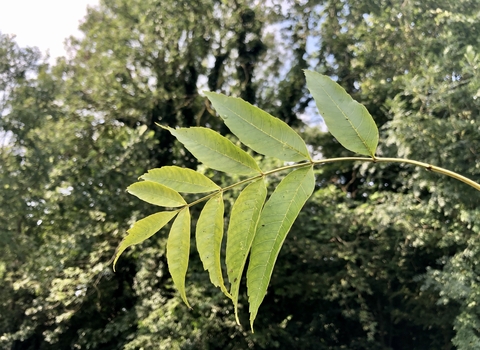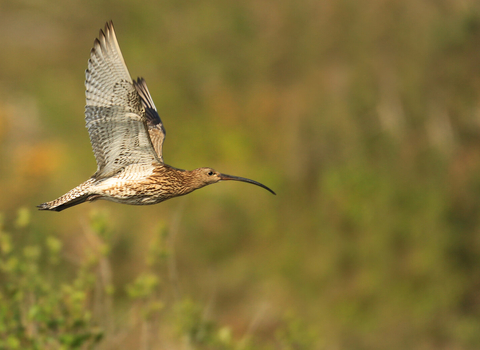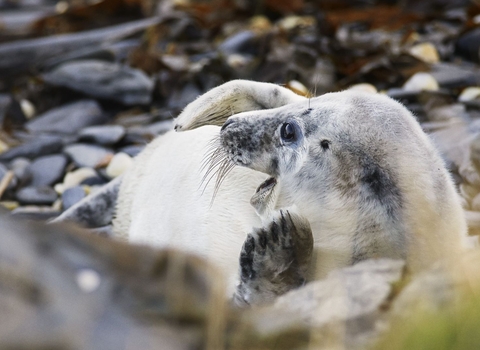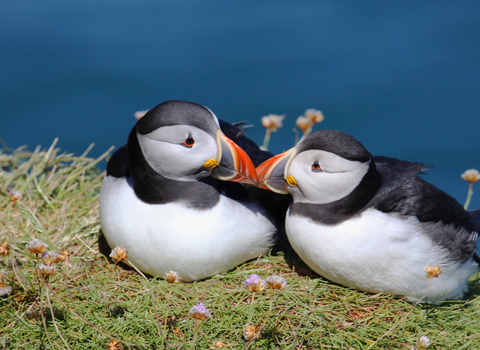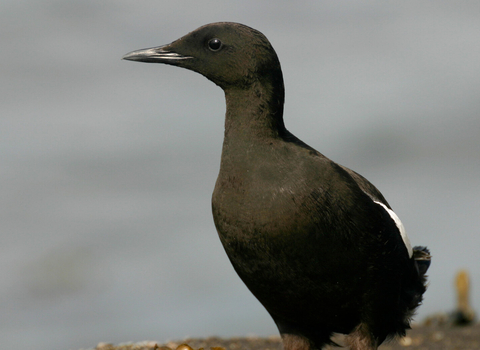Saving Manx Species from Extinction
We may think of the biodiversity crisis as something that is happening far away, but the reality is its happening right here, right now. Birds like yellowhammer, only a generation ago, were common on the Isle of Man are now gone, and nearly 10% of plants that have called the Island home since the last Ice Age have gone too.
Many really rare species live in small very specialist habitats and can form sustainable populations in sites of a few acres or less. Some species, like curlew, need suitable landscapes of hundreds of acres and several different habitats to thrive. When we actively look to help one species however we normally create conditions for many more.
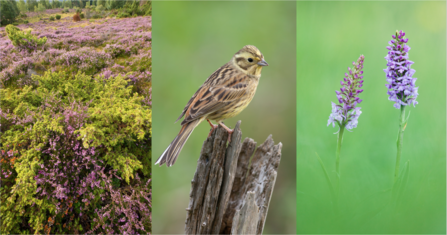
Juniper went extinct on Island, but a program has since been stared to re introduce the species.
Yellowhammer was the Island's most prominent farmland bird, now regionally extinct.
Fragrant orchid is just one of several species of orchid that are now extinct here.
Junipur - Mark Hamblin/2020VISION Yellow Hammer - Tom Marshall Fragrant orchid - Guy Edwardes/2020VISION
How did so much wildlife become rare?
Most wild species on the Isle of Man have been here since the Island was formed by rising sea levels 8000 years ago. These ‘native’ species have been living alongside human civilisation for around 5000 years. Our historic farming practices were in tune with nature and we did not have the technology to simply erase whole landscapes of wetlands and pastures. We did not have chemical industries that poison wildlife, nor the inadvertent ability to change the global climate.
While the transformation of much of the countryside into an intensive, technology-led, food/fibre factory has been responsible for some biodiversity loss, more change has occurred through the abandonment of many of our wetland and coastal habitats by rough grazing. Indeed most of the over 40 species of native plant that have become Island extinct have been on sites that are still intact, just not traditionally managed.
Biodiversity and You
Most of us do not notice when a species goes locally or globally extinct. Many species are small and unremarkable, and by the time they have gone extinct, they are so rare few people will have ever seen them.
While many species become extinct many others are declining to a point where they are no longer part of our everyday experience. The call of cuckoo has gone from a universal harbinger of spring to a rare and noteworthy record. Commonplace swallows and starlings are ever more local and spectacular orchids are gone.
Every generation inherits an Island less rich in wildlife, and where we have to look ever harder to get immersive wildlife experiences like a cloud of butterflies or field of ant hills. At a time when we need nature most, we have inherited the least.
Nature is not just about its value to us, but also its intrinsic value independent of humans. Most people have a belief that nature has its own value, but often find it difficult to express why they do so. Perhaps it just instinctive, or perhaps its our modern thinking holding us back, but it is important to note it is felt passionately by so many of us.
A Program of Projects
Action for Wildlife is an umbrella for lots of projects. It will be a way for interested groups to initiate, fund, publicise and grow conservation projects that will save Manx species from extinction.
Action for Wildlife aims to target these vulnerable species and the habitats that are most at risk from going Island extinct. It will offer a practical, evidence based and strategic plan of action.
Expert Help
Many people have devoted their careers or spare time becoming wildlife experts in their field. The Isle of Man has a rich resource from MWT staff to government officers, wildlife interest groups and individuals.
These people have been at the core of putting together the Action for Wildlife Projects. While we target those species and habitats most at risk, we also design our projects to target those that can be sustainably funded, have a realistic chance of success, will enjoy popular support and have secondary benefits (such as public amenity).
Projects will not have a set time frame, with some running for a year or two and others being almost indefinite. Once a project has achieved its aims and no further practical action will take place it will be archived to make room for future projects.
Our Trophy Cabinet
Part of the purpose of Action for Wildlife is to help share the knowledge of conservation work on the Island. We are immensely proud of the work we do, so putting together the work of MWT and other groups that demonstrates our island’s commitment to tackling the biodiversity crisis is important to us.
Reversing biodiversity loss is possible, and future generations of islanders will live in place that is ever richer in wildlife. This will happen because right now we are taking action for wildlife.
Action for Wildlife is our contribution to the Convention on Biodiversity, that is implemented on the Island through the Biodiversity Strategy. See the Isle of Man Government's Biodiversity Strategy and Delivery Plan for more details about our island’s commitment to wildlife.
Partnerships
Action for Wildlife is all about partnership. As the program grows the number of partners will grow with it. Partners will include landowners such as businesses, farmers, local authorities and others, but partners will also include organisations that fund projects, people and organisations that volunteer and community groups who support the projects. Manx Wildlife Trust cannot do this alone.
If you are interested in being a part of any of these projects please email enquiries@mwt.im!
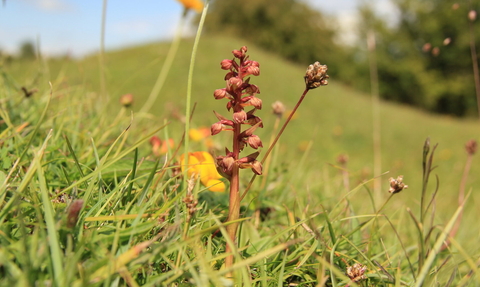
Kieron Huston

